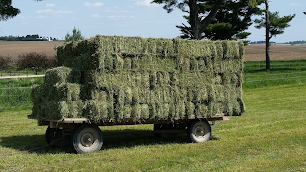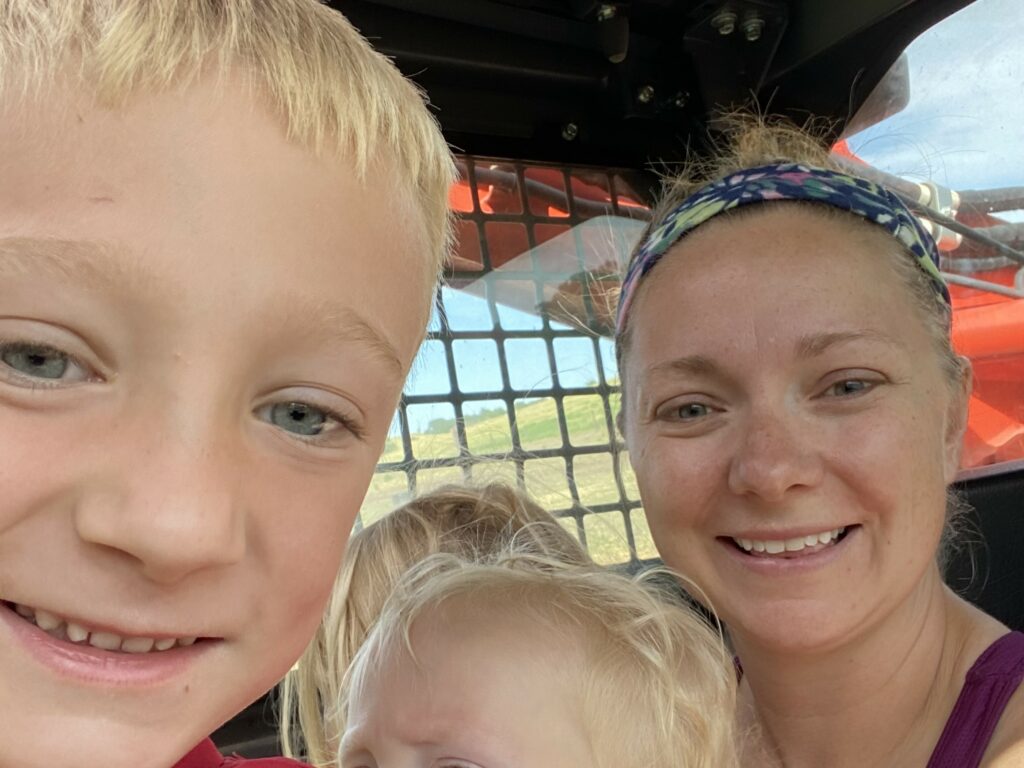Alfalfa Farmer Lisa Kubik
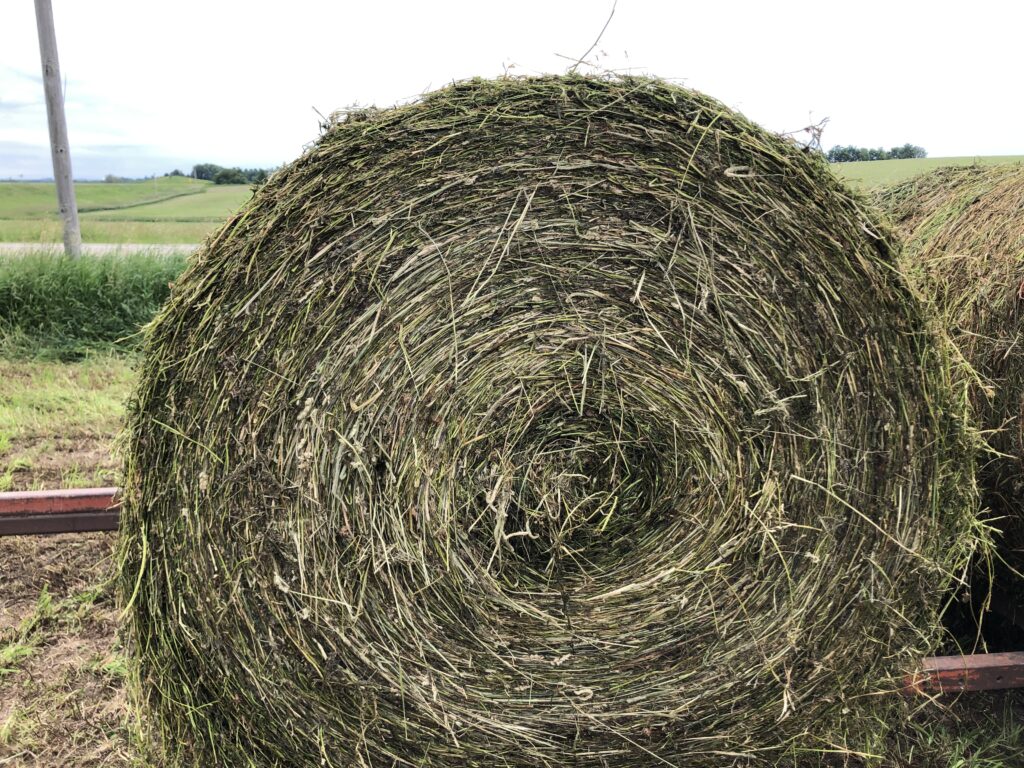
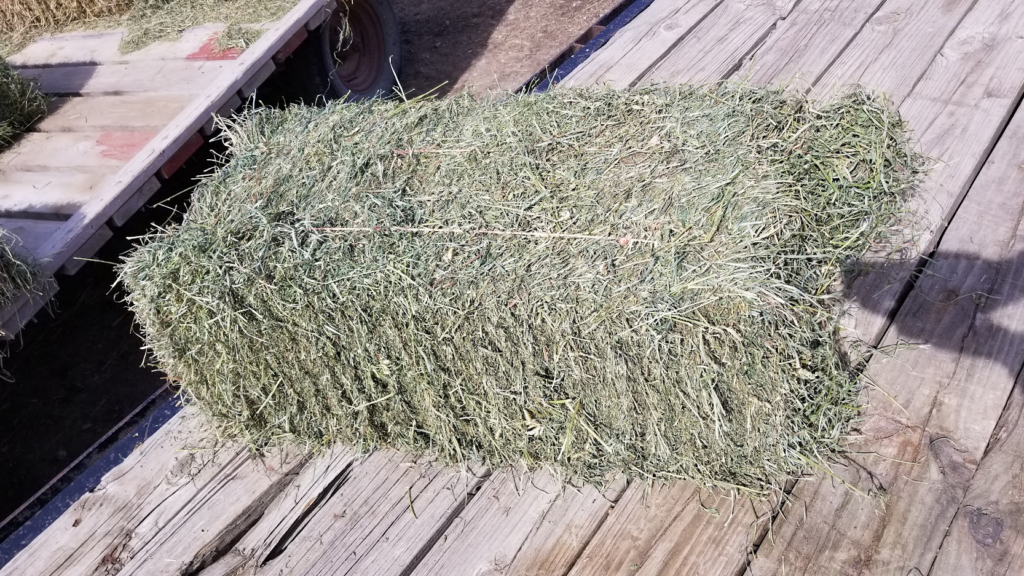
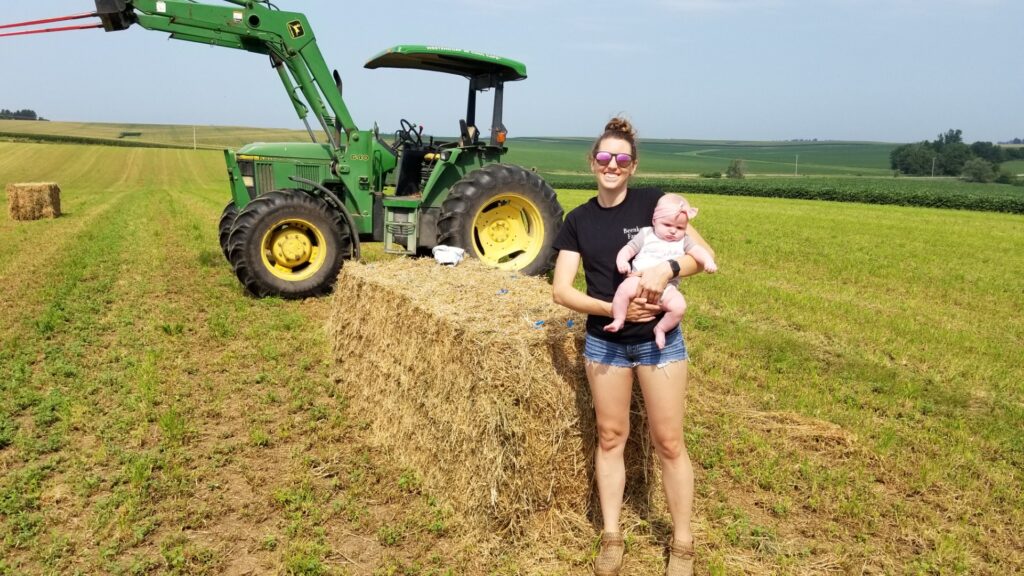
Forget the license plate game. Play “What’s in that field?” Lisa will have your family entertained on your next drive through Iowa by de-mystifying one cool crop: Alfalfa.
One of the most important, and time-consuming, things that we raise on our farm in Iowa is our hay. I’m sure homeowners with a lawn can testify to the dread of mowing! Every time we mow hay, we actually mow, rake and then bale the hay. This 3-part process takes 3-4 days, and the timing has to be precise. If it rains during that process, it affects the quality of the hay. So, our lives truly revolve around the weather in order to protect the integrity of our animal feed.
When most people see a field of hay, I’ve noticed they assume it’s simply hay grass. But when we plant a hay field, we plant a mix of different grasses and include alfalfa. Alfalfa is actually a legume, which makes it richer in protein and other nutrients versus regular hay grass. That protein is an important component for feeding livestock. Animals like dairy cows and competition horses require a higher ratio of protein. Our livestock require a blend with a lower ratio of protein, and so our combination of grass with alfalfa balances out nutritionally for our cattle, goats, horses and sheep.
The next time you’re driving through Iowa, see if you can spot alfalfa in a hay field. It has rounded leaves and looks a lot like clover while hay grass has typical straight blades. If you see a crew out scrambling with the mowers or rakes, you’ve caught a farmer with a merciful weather window.


